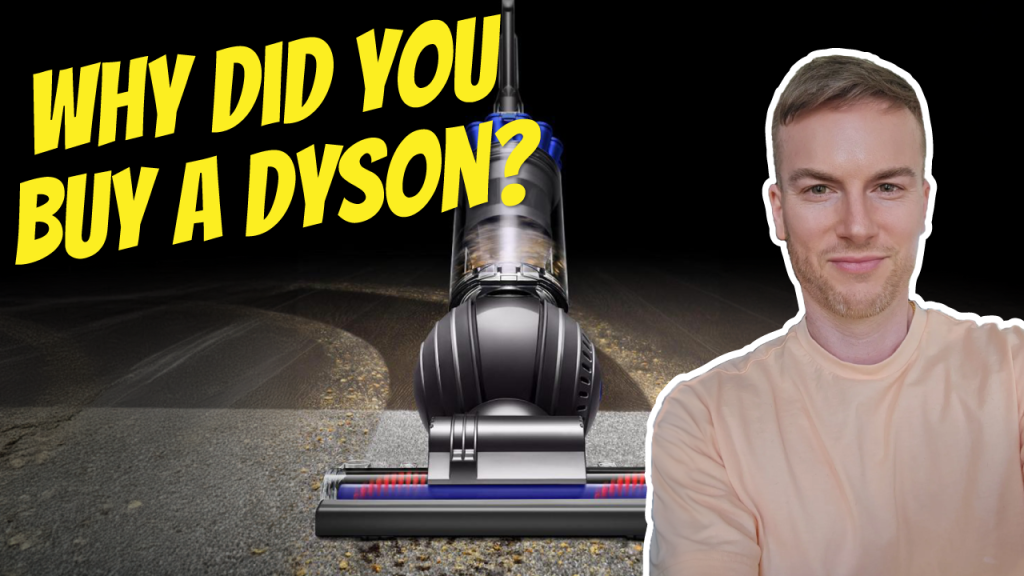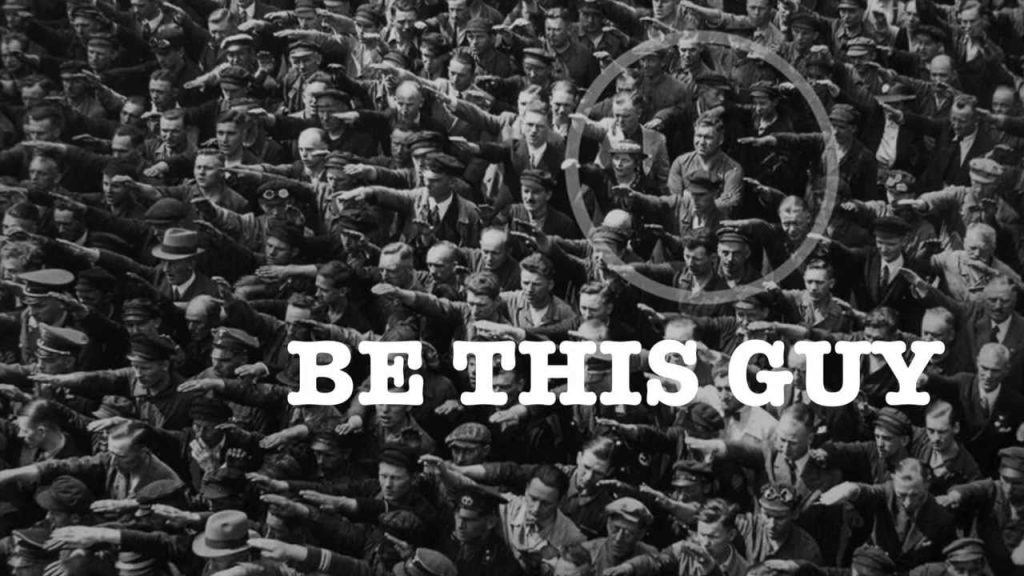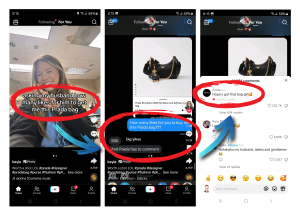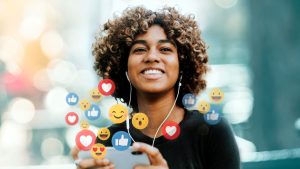
Here’s a fun exercise to do…
Think of all the professional services you use.
👉 Lawyer
👉 Realtor
👉 Accountant
👉 Dentist
👉 Botox Specialist
👉 Mechanic
👉 Electrician
👉 Plumber
👉 Landscaper
👉 Painter
What percentage are from referrals, what percentage are from SEO, which percentage are from display ads.
If you’re like me, ALL OF THEM are from referrals.
Don’t you think that’s weird? 🤔
Now, think of all the subscription services you use both personally and professionally.
What percentage are from referrals, SEO, webinars, ads?
If you’re like me, 99.99% are from referrals and social media, which is a form of a referral, and never from a company’s social media, always from a trusted source.
Now, do the same exercise for all the brands you buy (food, clothing, cars, electronics…), especially the ones you are loyal to.
Hopefully, you’ll start to see a pattern.
That should tell you something about how consumers consume, and where you should focus your marketing energy and effort.
Not saying ads and SEO and webinars can’t work, it’s all about ROE – Return on Energy / Effort.
Continue Reading: How Brands are Disrupting Boring Categories
Evolutionary Theory of Consumerism
If we can agree that many of our purchases are based on referrals, the next million-dollar question is why?
I believe it’s because we, as consumers, experience anxiety—either consciously or subconsciously—about the purchases we make. This anxiety can stem from various factors:
- Price Tag: The higher the price, the greater the financial risk, and consequently, the higher the anxiety.
- Expertise: When a product or service is outside our area of expertise, we feel less confident in our ability to make an informed decision.
- Brand Familiarity: Unfamiliar brands carry more uncertainty, making us wary of potential disappointment.
- Purchase Frequency: For items we buy infrequently, our lack of experience adds to our apprehension.
This anxiety manifests in concerns about getting ripped off, experiencing buyer’s remorse, making the wrong decision, looking bad, or feeling stupid. These fears drive us to seek reassurance and validation from others who have already navigated these uncertainties.
We look to others for guidance, relying on their experience and expertise. This community-driven approach makes a lot of sense from an evolutionary standpoint. Humans have always relied on social learning to make safer and more informed decisions. This behaviour is deeply ingrained in our DNA, as historically, following the lead of trusted group members often led to better survival outcomes.
Continue reading:
If You’re Not Disrupting, You’re Standing Still
Consider the example of early humans. When foraging for food, they would observe which plants others ate and avoided, learning to distinguish between safe and harmful options. This reliance on the experiences of others reduced risks and increased the likelihood of making safe choices. This same principle applies to modern consumer behavior.
Fast forward to our consumer-driven world, referrals and recommendations act as modern-day guides. When someone we trust endorses a product or service, it significantly reduces our perceived risk. This is why influencer marketing, word-of-mouth referrals, and customer reviews are so powerful—they tap into this fundamental aspect of human psychology.
For businesses, understanding this can be incredibly valuable. By fostering a sense of community and encouraging satisfied customers to share their positive experiences, companies can leverage this innate behavior to build trust and drive sales. Creating platforms for customer feedback, showcasing testimonials, and engaging with customers on social media can all help in reducing consumer anxiety and encouraging referrals.
Referrals remove some of the thinking and alleviate the inherent anxiety we feel when making purchase decisions. By recognizing and addressing this, businesses can create more effective marketing strategies that resonate with their audience’s fundamental need for reassurance and validation.
Branding is Link Gravity
Branding is like gravity: consumers gravitate toward brands they know and trust.
The bigger the brand, the stronger the pull. When comparing brands within a category, the brand with the strongest pull is the one that is most likely to attract the most buyers.
Think about the next time you’re shopping, or selecting a movie. You naturally gravitate toward the brands you recognize and trust. In the case of movies, you may be drawn to ones with actors or directors that you know and trust.
This is because we as consumers have anxiety when we’re shopping, whether we are conscious of it or not. We want to know we are making the right decision. So going with a reputable brand is all about minimizing risk and anxiety while maximizing comfort and satisfaction.
Continue reading: Branding is like Gravity
What's Your Brand's RTB?
In marketing, creating a ‘Reason to Buy’ (also referred to as Reason to Believe) is crucial. It’s about giving consumers a compelling reason to choose your brand over others. This goes beyond listing features—it involves storytelling, evoking emotions, and aligning with your audience’s aspirations and values.
Imagine a scenario where a beverage brand doesn’t just tout its refreshing taste, but rather invites consumers into a narrative of relaxation after a long day, or the excitement of trying something new with friends. This approach not only sells a product but also embeds it into the consumer’s lifestyle and emotions.
Functional benefits are essential, but relying solely on them risks commoditizing your brand. I talk a lot of building a brand vs a commodity. Consumers seek more than just a solution to a problem—they crave experiences that enrich their lives, they look to join tribes, they look for values alignment. This shift in perspective can transform how your brand is perceived and deepen its resonance with consumers.
Selling experiences over features is not just a trend—it’s a strategic imperative for brands aiming to thrive in a competitive landscape. By focusing on creating meaningful connections and emotional engagements, brands can foster loyalty that transcends transactional interactions.
So, the next time you’re crafting your marketing strategy, remember: sell the experience, not just the taste. It’s the key to building enduring relationships and standing out in a crowded market.
Maslow's Hierarchy of Needs in Consumer Psychology and Marketing
Maslow’s Hierarchy of Needs is a psychological theory proposed by Abraham Maslow in 1943, which posits that human needs are arranged in a hierarchy. People are motivated to fulfill basic needs before moving on to higher-level needs. Understanding this hierarchy can provide valuable insights for marketers aiming to appeal to consumers at different stages of need fulfillment.
The Hierarchy Explained
- Physiological Needs: These are the most basic human needs for survival, such as food, water, warmth, and rest.
- Safety Needs: Once physiological needs are met, the focus shifts to safety and security, including personal security, health, and financial stability.
- Social Needs: These include love, friendship, and a sense of belonging.
- Esteem Needs: After social needs are satisfied, esteem needs become important. These include the need for self-esteem, recognition, and respect from others.
- Self-Actualization: This is the highest level, where individuals strive to realize their full potential and achieve personal growth and fulfillment.
- Related post: The T-Shirt Theory of Branding
- Related post: The Power of Branding: John’s Family Premium Organic Garlic
- Related post: Why You Don’t Want to Run a Business that Relies Solely on Ads
Applying Maslow’s Hierarchy to Marketing
1. Physiological Needs
- Product Examples: Food, beverages, clothing, and shelter.
- Marketing Strategy: Emphasize the essential nature of the product. Use messages that highlight how the product meets basic survival needs. For example, a bottled water company might focus on purity and hydration.
2. Safety Needs
- Product Examples: Insurance, healthcare products, home security systems.
- Marketing Strategy: Stress the safety, reliability, and protection offered by the product. An insurance company might use testimonials of customers whose lives were stabilized by their services.
3. Social Needs
- Product Examples: Social media platforms, dating apps, community events.
- Marketing Strategy: Highlight how the product fosters connections and a sense of belonging. For instance, a social media platform might emphasize how it keeps people connected with friends and family.
4. Esteem Needs
- Product Examples: Luxury goods, high-end fashion, professional services.
- Marketing Strategy: Appeal to the desire for status, recognition, and self-respect. A luxury car brand might market its vehicles as symbols of success and achievement.
5. Self-Actualization Needs
- Product Examples: Educational programs, personal development courses, creative tools.
- Marketing Strategy: Focus on personal growth, creativity, and fulfillment. A company offering online courses might highlight stories of individuals who achieved their dreams through learning and self-improvement.
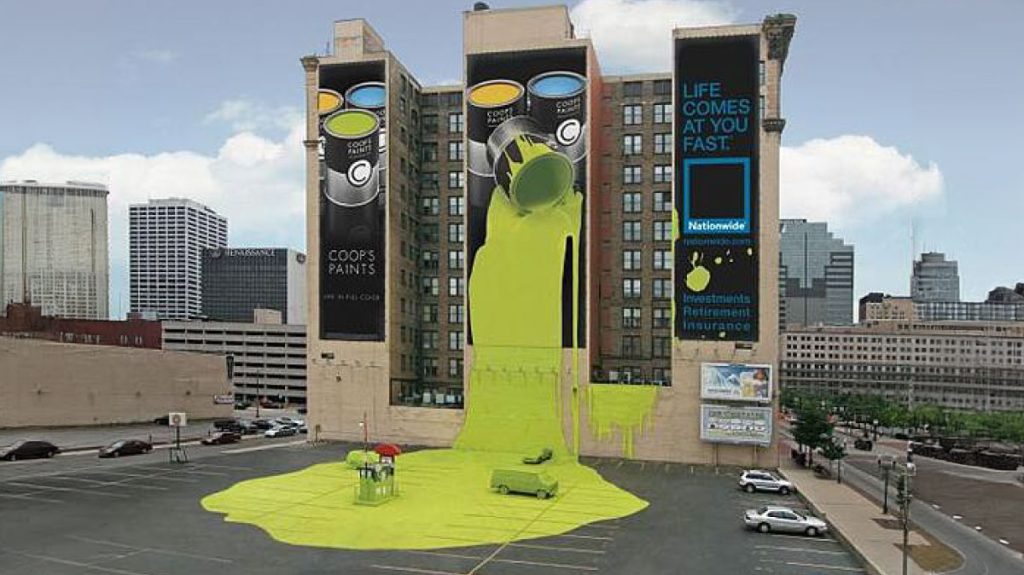
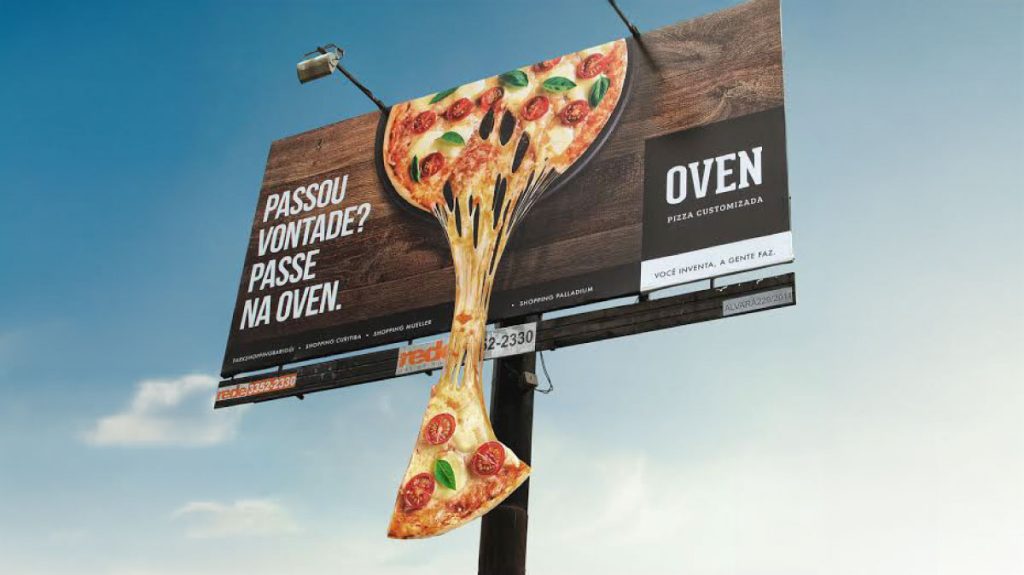
Continue reading: What’s the ROI of a Billboard
Related Posts about Social Media
Need help with your marketing activities?
If you’re looking to make a move with your marketing, reach out to us. We are priced fairly, we’re straight shooters, and are the very best at what we do.

